PARABOLA-6
Equation of Normal
(i) Point form :
Differentiate w.r.t.x
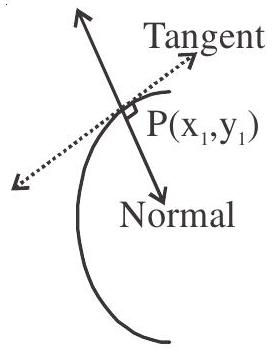
Slope of normal
Equation of normas at
(ii) Parametric form :
replace
(iii) Slope form:
Equation of Normal
| Parabola | Point form | Pt.of contact | Parametric form | Point of contact | slope Form | Pt.of contact |
|---|---|---|---|---|---|---|
Equation of normal to the parabola
Properties of Normal
1. If the normal at the point
Let equation of parabola be
Equation of normal at
Point
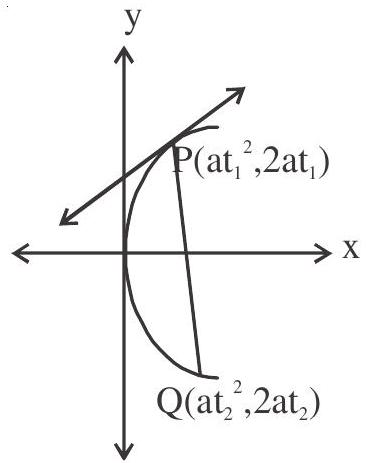
2. If the normal at the points
Let the equation of normal at
and
meet the parabola
3. No normal other than axis passes through focus.
Let equation of normal be
passes through
Example: 1 Three normals to
(a)
(b)
(c)
(d)
Show Answer
Solution:
Let equation of normal be
passes through
Answer: (c)
Example: 2 The minimum distance between the curves
(a)
(b)
(c)
(d) None of these.
Show Answer
Solution:
Centre
Minimum distance obtained along the common normal.
Differentiate w.r.t.x
slope of normal at
Also slope of CQ
Points are
Minimum distance
Answer: (a)
Important Properties :
- If the tangent and normal at any point ’
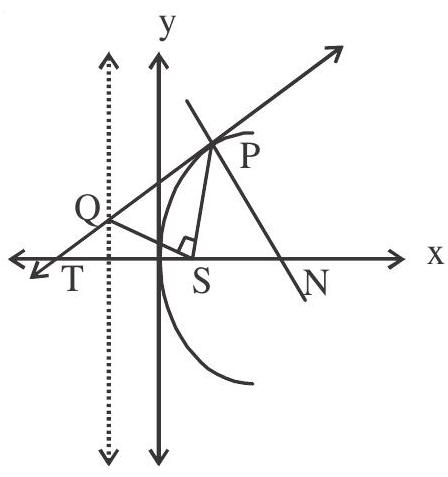
- The portion of a tangent to a parabola cut off between the directrix & the curve subtends a right angle at the focus.
- Any tangent to a parabola and the perpendicular on it from the focus meet on the tangent at the vertex.
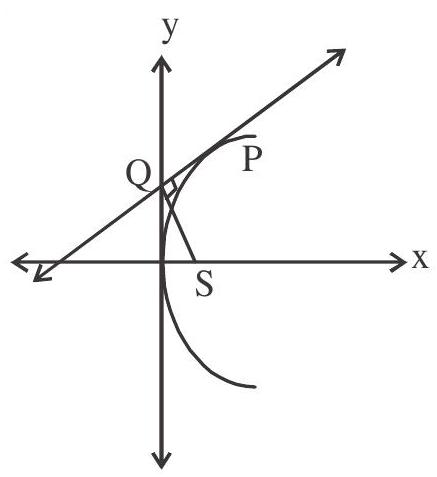
- If the tangents at
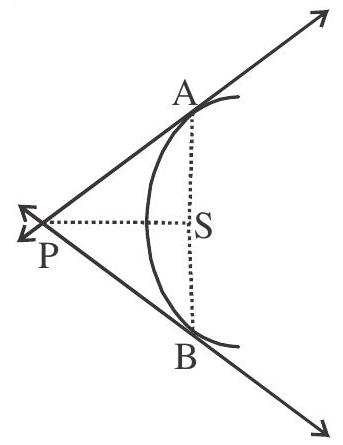
- The area of the triangle formed by three points on a parabola is twice the area of the triangle formed by the tangents at these points.
Practice questions
1. The normal at the point
(a).
(b).
(c).
(d).
Show Answer
Answer: (a)2. If
(a).
(b).
(c).
(d).
Show Answer
Answer: (b)3. If normals at the ends of the double ordinate
(a). 10
(b). 6
(c). 12
(d). 18
Show Answer
Answer: (c)4. Radius of the largest circle which passes through the focus of the parabola
(a). 2
(b). 4
(c). 6
(d). 8
Show Answer
Answer: (b)5. If the normal at
(a).
(b).
(c).
(d).
Show Answer
Answer: (d)6. If
(a).
(b).
(c).
(d).










